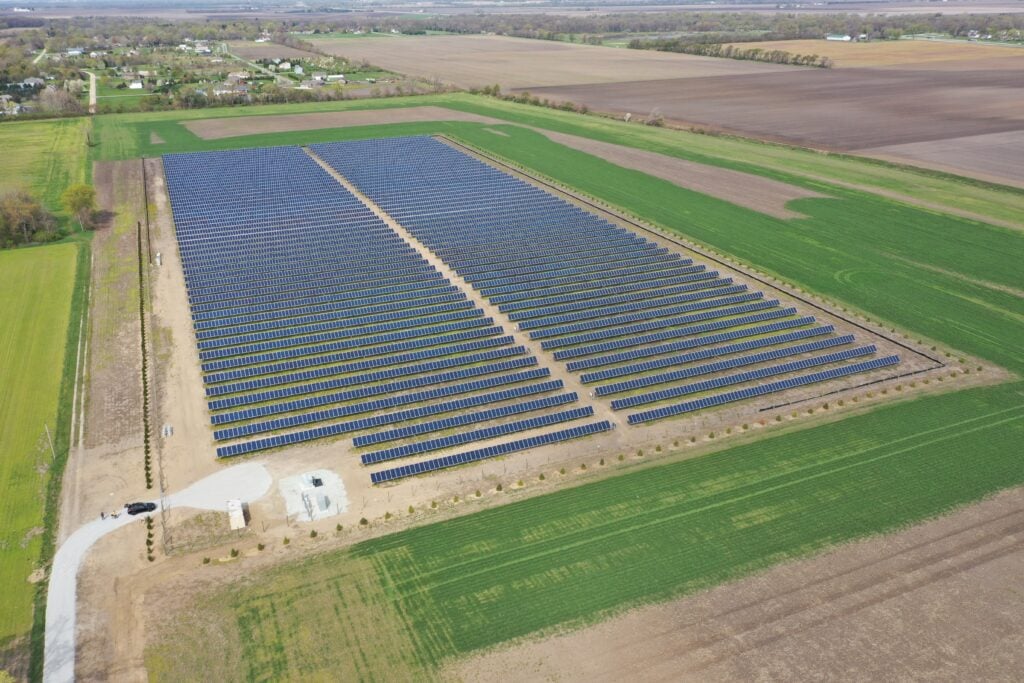
US community solar developer Summit Ridge Energy and climate investment firm HASI have signed a loan agreement for an 80-strong community solar project portfolio.
The US$309 million back-leveraged term loan will support 80 community solar projects owned by Summit Ridge Capital Holdings, a joint venture (JV) between Summit Ridge Energy and HASI, which are already operational.
Try Premium for just $1
- Full premium access for the first month at only $1
- Converts to an annual rate after 30 days unless cancelled
- Cancel anytime during the trial period
Premium Benefits
- Expert industry analysis and interviews
- Digital access to PV Tech Power journal
- Exclusive event discounts
Or get the full Premium subscription right away
Or continue reading this article for free
The portfolio has a cumulative generation capacity of 216MW across both ground-mount and rooftop projects in the states of Illinois and Maryland. Summit Ridge Energy built all of the projects in the last five years.
The loan was made by a group of lenders, including Bank of America, Nomura Securities International, Prudential Private Capital, and MetLife Investment Management.
In April last year, Summit Ridge signed a 1.2GW solar module supply agreement with Hanwha Qcells to supply its US community solar projects. The Korean-owned manufacturer has established a vertically integrated solar manufacturing facility in the US state of Georgia and has signed a number of supply deals with US companies.
In June 2024, the two companies expanded the capacity of their agreement by a further 800MW, bringing it to 2GW.
Community solar refers to relatively small-scale solar projects, the benefits of which are felt directly by multiple parties, like individuals, businesses and nonprofits, which often collectively own community solar projects.
A study from the US National Renewable Energy Laboratory (NREL) earlier this year found that community solar projects can increase access to clean energy for people otherwise unable to access rooftop PV. The findings showed that adopters of community solar are around 6.1 times more likely to live in multifamily buildings, 4.4 times more likely to rent and earn around 23% less than average rooftop solar adopters.
NREL also published data, which showed that up to 1TW of community solar could be installed across the US if all of the available projects were realised. Up to 400GW of this capacity could be deployedon rooftops, NREL concluded.
However, some US utilities have recently made moves that could impede the development of community solar. The California Public Utilities Commission (CPUC) reached a proposed decision in March to restrict the implementation of the Net Value Billing Tariff (NVBT), which proposed boosts to community solar programmes.
PV Tech Premium spoke with the Coalition for Community Solar Access (CCSA) following the decision, which was critical of the proposal and said it was going to limit the ability of low-income Californians to access clean energy. In particular, the CCSA laid the decision at the feet of California’s utilities, which have a monopoly on the market.






